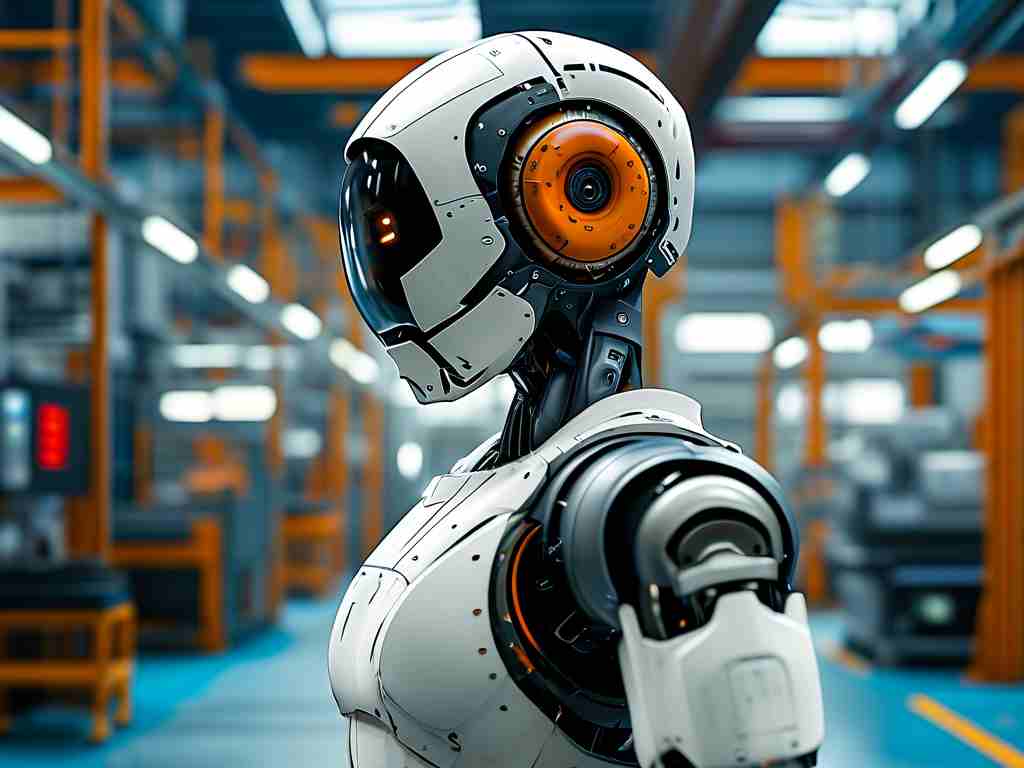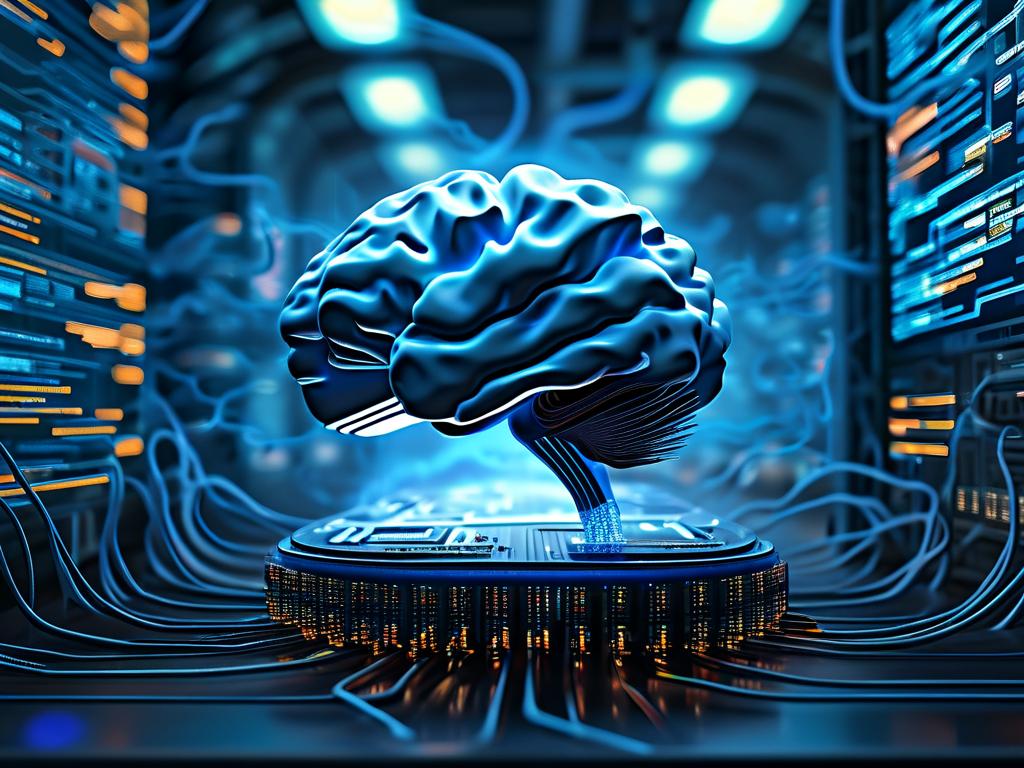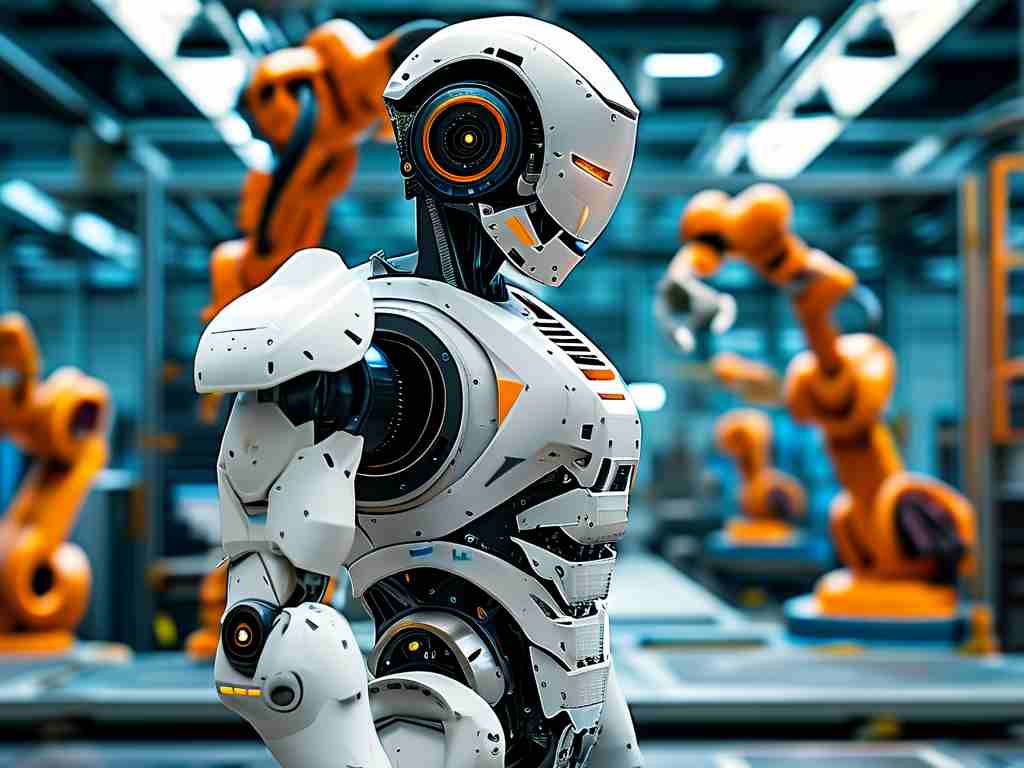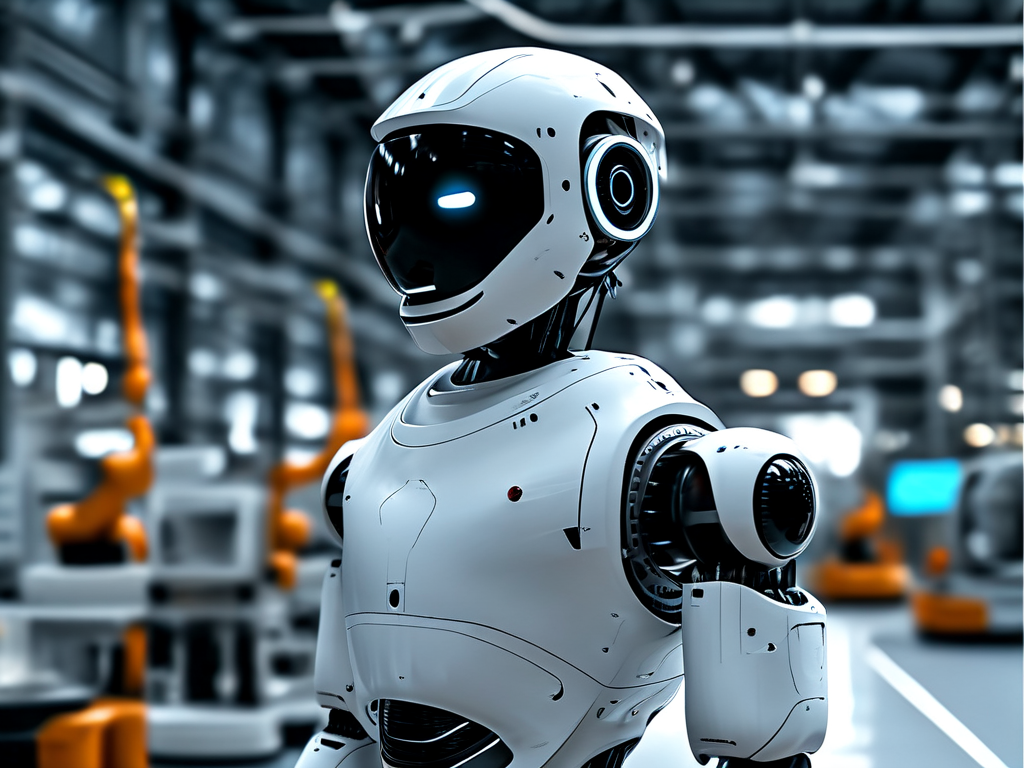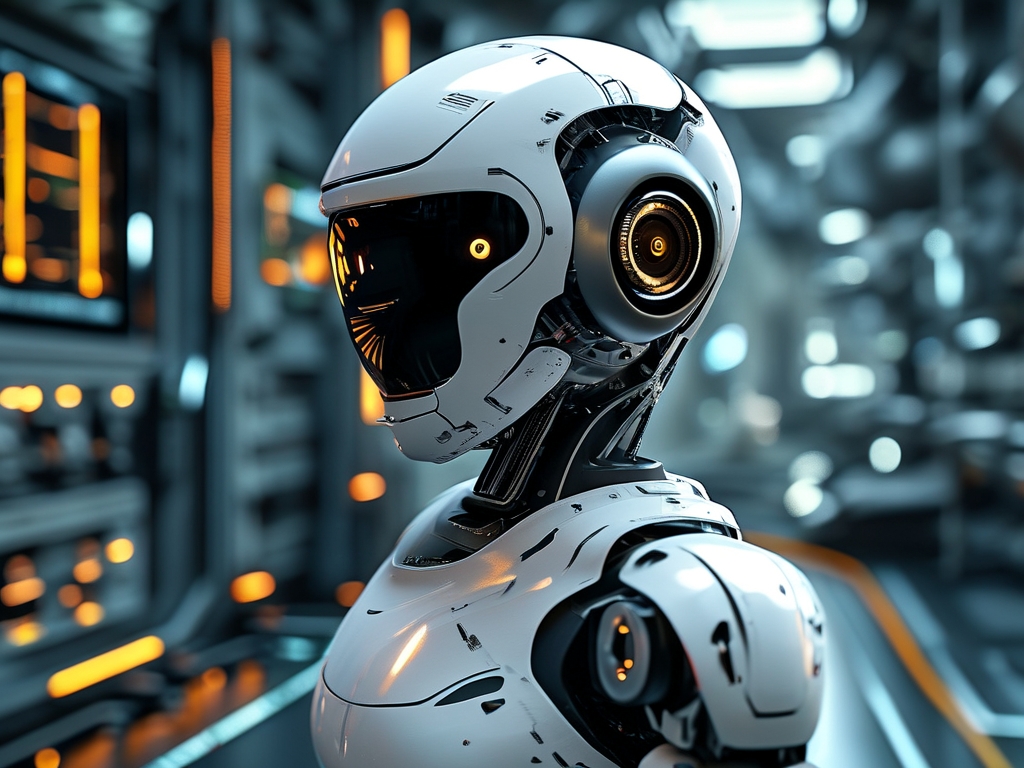The integration of robotics into sports has opened new frontiers, and soccer robotics stands at the forefront of this technological revolution. Modern soccer robots combine advanced mechanics, artificial intelligence, and real-time data processing to mimic human gameplay while surpassing physical limitations. This article explores the core technical characteristics of these cutting-edge machines and their transformative impact on sports, training, and beyond.
1. Precision Motion Control Systems
At the heart of soccer robotics lies motion control technology. These robots utilize high-torque actuators paired with dynamic balancing algorithms to achieve rapid acceleration, precise dribbling, and accurate shooting. Unlike industrial robots designed for repetitive tasks, soccer robots must adapt to unpredictable environments. For instance, omnidirectional wheels or hybrid leg-wheel systems enable 360-degree movement, allowing them to pivot instantly during a match. Advanced torque sensors further enhance responsiveness, ensuring the robot adjusts its force when colliding with a ball or another player—critical for maintaining control during high-speed interactions.
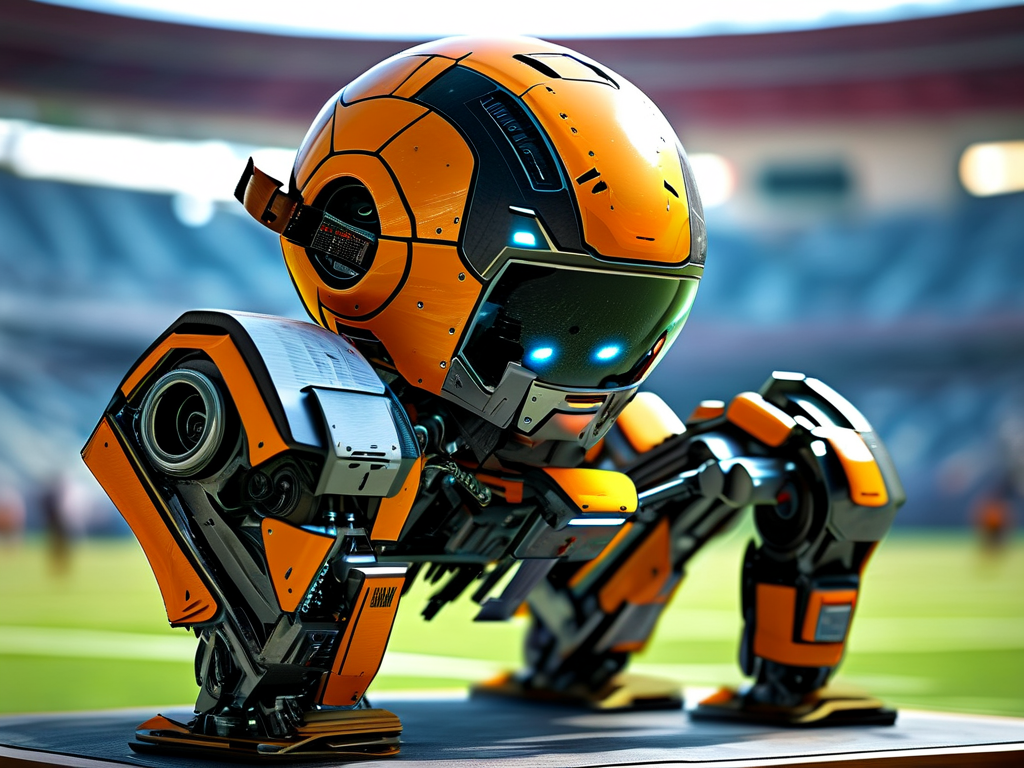
2. AI-Driven Decision-Making
Soccer robots rely on embedded artificial intelligence to process real-time game data. Machine learning models analyze opponent behavior, predict ball trajectories, and optimize team strategies within milliseconds. A notable example is the use of reinforcement learning, where robots simulate thousands of matches to refine tactics such as passing angles or defensive positioning. This capability not only improves gameplay but also provides coaches with insights into human player strategies. Some systems even employ swarm intelligence algorithms, enabling synchronized teamwork without centralized control—a breakthrough inspired by natural phenomena like bird flocking.
3. Multi-Sensor Fusion for Environmental Awareness
To navigate the chaotic environment of a soccer field, these robots integrate lidar, cameras, and inertial measurement units (IMUs). Lidar maps the field’s geometry, while vision systems track moving objects using convolutional neural networks (CNNs). For example, a robot might identify a ball’s spin rate through high-frame-rate cameras and adjust its kick angle accordingly. Sensor fusion algorithms combine these inputs, filtering out noise from crowd movements or fluctuating lighting conditions—a common challenge in real-world matches.
4. Energy Efficiency and Durability
Soccer matches demand sustained high-energy performance. Robots employ lightweight carbon-fiber frames to reduce inertia, paired with high-density lithium batteries that support 45+ minutes of active play. Thermal management systems prevent overheating during intense sequences, while self-diagnostic modules detect motor wear or software glitches mid-game. Remarkably, some prototypes now use kinetic energy recovery systems (KERS), repurposing deceleration energy during stops to recharge capacitors—a technology borrowed from Formula 1 racing.
5. Human-Robot Interaction Interfaces
Beyond the field, soccer robots serve as training partners. Haptic feedback systems allow human players to “feel” a robot’s movements via wearable devices, improving tactical awareness. Coaches use augmented reality (AR) overlays to visualize a robot’s decision paths during practice sessions. Additionally, modular programming platforms let universities customize AI behavior, fostering innovation in robotics education.
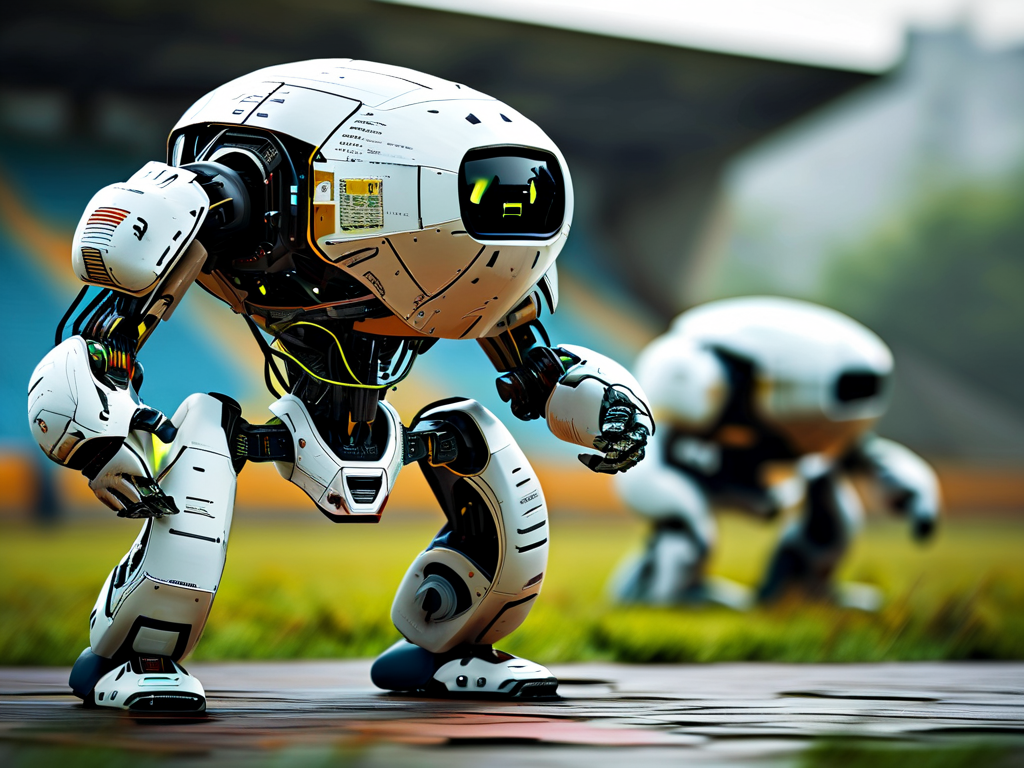
Challenges and Future Directions
Despite progress, challenges persist. Ball-handling precision in wet conditions remains suboptimal, and AI models still struggle with deceptive human tactics like feints. Researchers are exploring biomimetic designs, such as flexible silicone “muscles” for more natural kicking mechanics. The next decade may see hybrid teams of humans and robots competing in standardized leagues, redefining the sport itself.
In , soccer robotics exemplifies the synergy between athleticism and engineering. By pushing the boundaries of autonomous systems, these machines not only entertain but also drive innovations applicable to logistics, healthcare, and disaster response. As the technology matures, it promises to reshape how we play, learn, and interact with intelligent machines.


